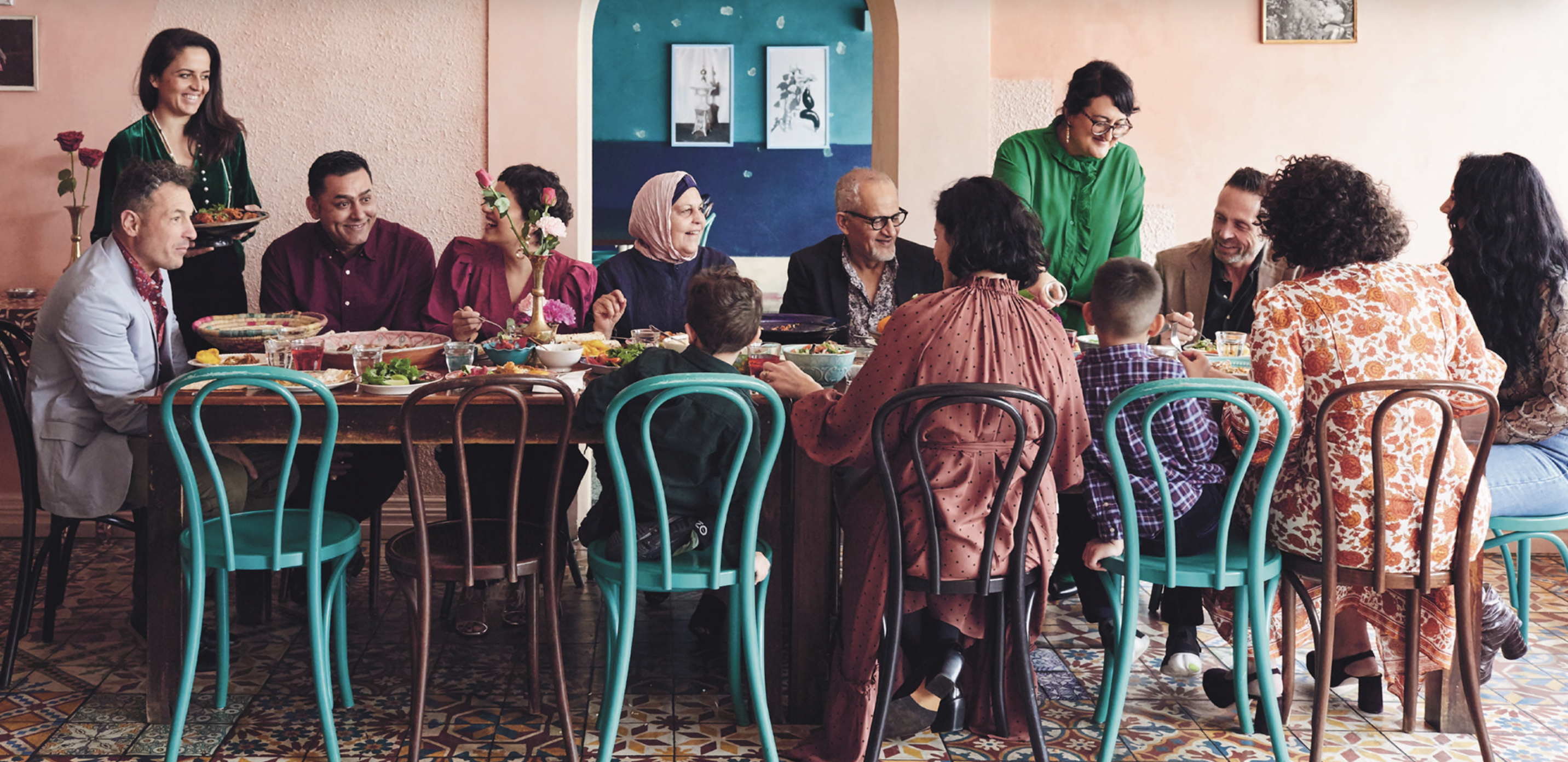
It is very rare to find a cookbook that connects history so well with the recipes it features – and maybe I just haven’t read enough cookbooks (totally possible! haha!) but Parwana caught my eye because it was different. In just a few pages, I was transported to the age of the Silk Road and the dynasties that ruled thereafter. I could smell the scent of the spices influenced by the global presence in the region and pictured the vast gardens adorned with fountains and pomegranate trees.
Parwana is a love story in honor of the beautiful and complex history of Afghanistan. The author and restaurateur Durkhanai Ayubi chats with us today about her cookbook and inspirations.
What inspired you to launch Parwana and how do you hope it contributes to a new narrative about Afghanistan different than the one we usually get from the media.
Durkhanai: The idea of a cookbook had been with us for a while – as a family, Parwana the restaurants have been a means for us to share with our community a vision of Afghanistan that stems from its beautiful and intertwined history while helping us stay anchored to our own ancestry. The book is an extension of this same vision but on a broader scale. We can share this vision now with those who can’t make it physically to our restaurants, while also preserving in a written format the recipes, traditions, and histories that fuse together to form Afghan cuisine.
The narrative the book hopes to contribute is one which encourages a deeper look beyond the hostilities and superficialities which, in so many ways, have today trapped our understandings of one another. My other main hope is that it amplifies the importance of acknowledging the largely neglected histories of interconnection and interdependency which define the human story, and which our future rests upon.
Tell me a little bit about your experience traveling back to Afghanistan after not being there since your family fled in the 80s. What was it like? What emotions did it evoke in you?
Durkhanai: I traveled to Afghanistan with my sisters and other family members in 2012. This was the first time we had traveled back, since leaving as young children in 1985. I felt emotions that I couldn’t have anticipated – it felt like reconnecting an unplugged fuse, the current of historical memory, cultural connection, and an ancestral aura tore through me. It helped me to understand my own history, and to see the world through my parents’ eyes. It provided me with a reference point for knowing myself with more depth and breadth, and it drove home to me the importance of ensuring this connection remained live and nurtured.
I write about the visual beauty, emotional evocations, and cultural connection that this experience raised in the book. But in summary, I was overwhelmed by the epic-ness of the Afghan landscape, the seemingly infinite well of kindness in all the people we met despite their struggles, as well as the impact these sights and experiences had on my sense of self, and on how our food story in Australia unfolded from that point on.
In what ways is Afghan food connected to art and beauty?
Durkhanai: Afghan food is inseparable from art and beauty. Food is an expression of, and contribution to, broader cultural and ritualistic norms – and for Afghanistan, at the center of the ancient Silk Roads, with its rich history of interconnected cultural exchanges, the creativity which unfolds as a result of these interactions is embedded in the aura of the region. In Afghan cuisine, this manifests as an elevated appreciation for the visual appearance of food, as well as an inherent infusion of generosity and hospitability within the traditions surrounding the cuisine. Our rice dishes are crowned with various nuts and fruits native to the region, food is presented in ways that consider color and textures, our servings are generous and copious, and the beauty of the human spirit is entrenched in the tradition of viewing guests as though they are a divine blessing.
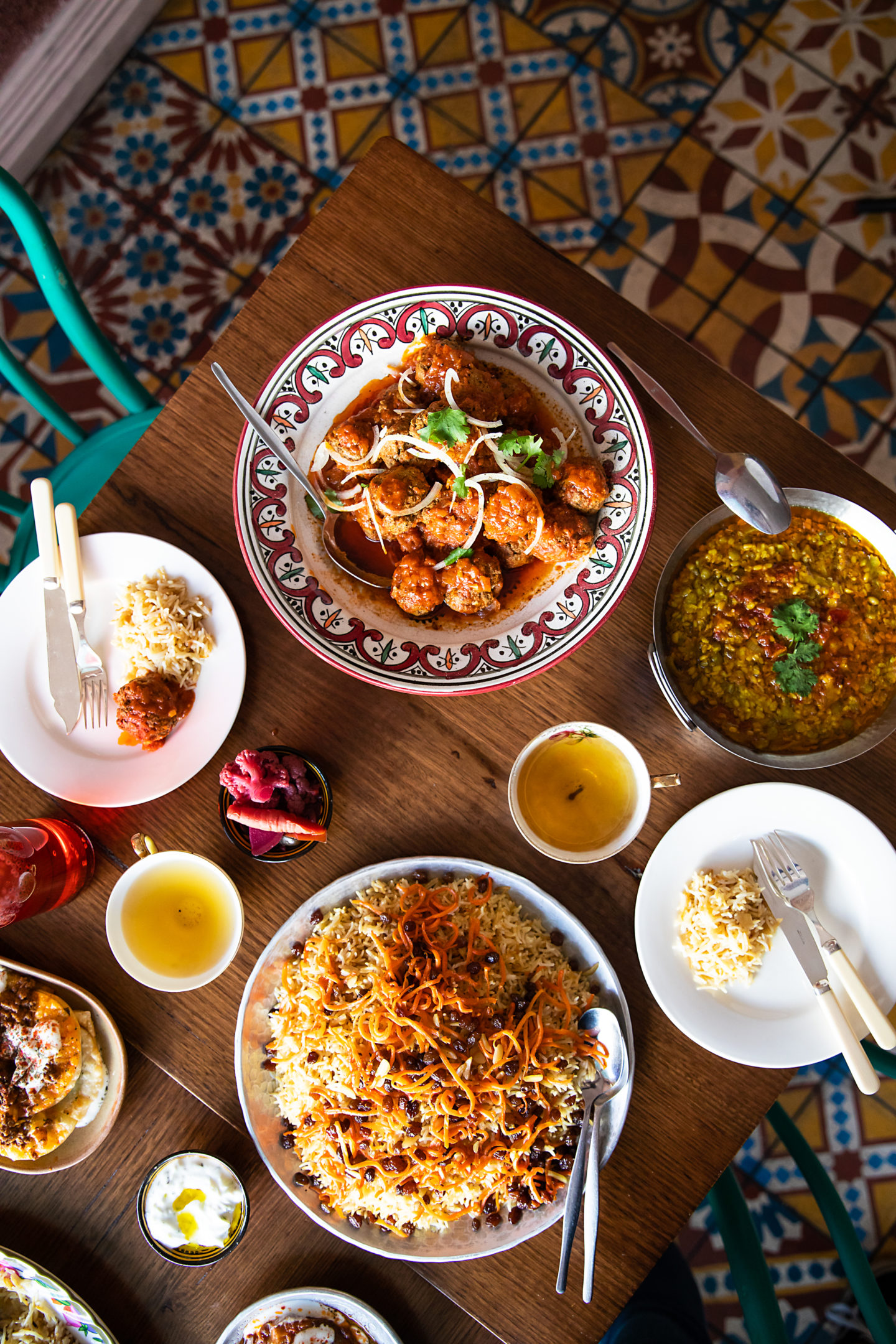
Image Courtesy of Parwana
Can you talk to us a little bit about the recipes and the selection process?
Durkhanai: We wanted to share the art of traditional Afghan food, and so the recipes we selected are those that capture the essence of Afghan cuisine. So much of our culture and history has been scattered through the impact of ongoing instability in the region, and with one of the biggest diaspora communities in the world and with so much of the knowledge of Afghanistan’s rich history at risk of being lost, it was important to present the book in a way that paid homage to and acknowledged these histories that make us.
The ingredients and recipes used in Afghan food capture at their core, a history of human exchange – with its geographical position at the center of ancient trade routes, it blends together ingredients and elements from regions far and wide. A mix of spices, daals, pastries, dumplings, and liberal use of tomato, yogurt, and herbs, blended with Afghanistan’s own native ingredients, cooking techniques, and traditions, combine to create a cuisine that is at once familiar to so many, while also being unique.
We wanted to share these recipes and emphasize the stories hidden within them.
Do you have a favorite recipe in the book?
Durkhanai: My personal favorite dishes to prepare are the rice dishes and the Bolani (a pan-fried stuffed flatbread). Rice forms the centerpiece of Afghan cuisine – preparing it is sometimes an intricate process but with remarkable results. Afghan rice is prepared so that grains are elongated, separate yet still tender, and always mixed through with spices and other ingredients like nuts, sultanas, or candied orange peel. The Bolani is a dish that so many other cultures also have their own variant of, and for me, it is particularly nostalgic – we would prepare it as children together with my mum for special occasions or gatherings. The beauty of them is that you can stuff them with your favorite or seasonal fillings (things like chives, pumpkin, or kofta meats) and they’re served hot off a skillet with a chutney or yogurt dip on the side.
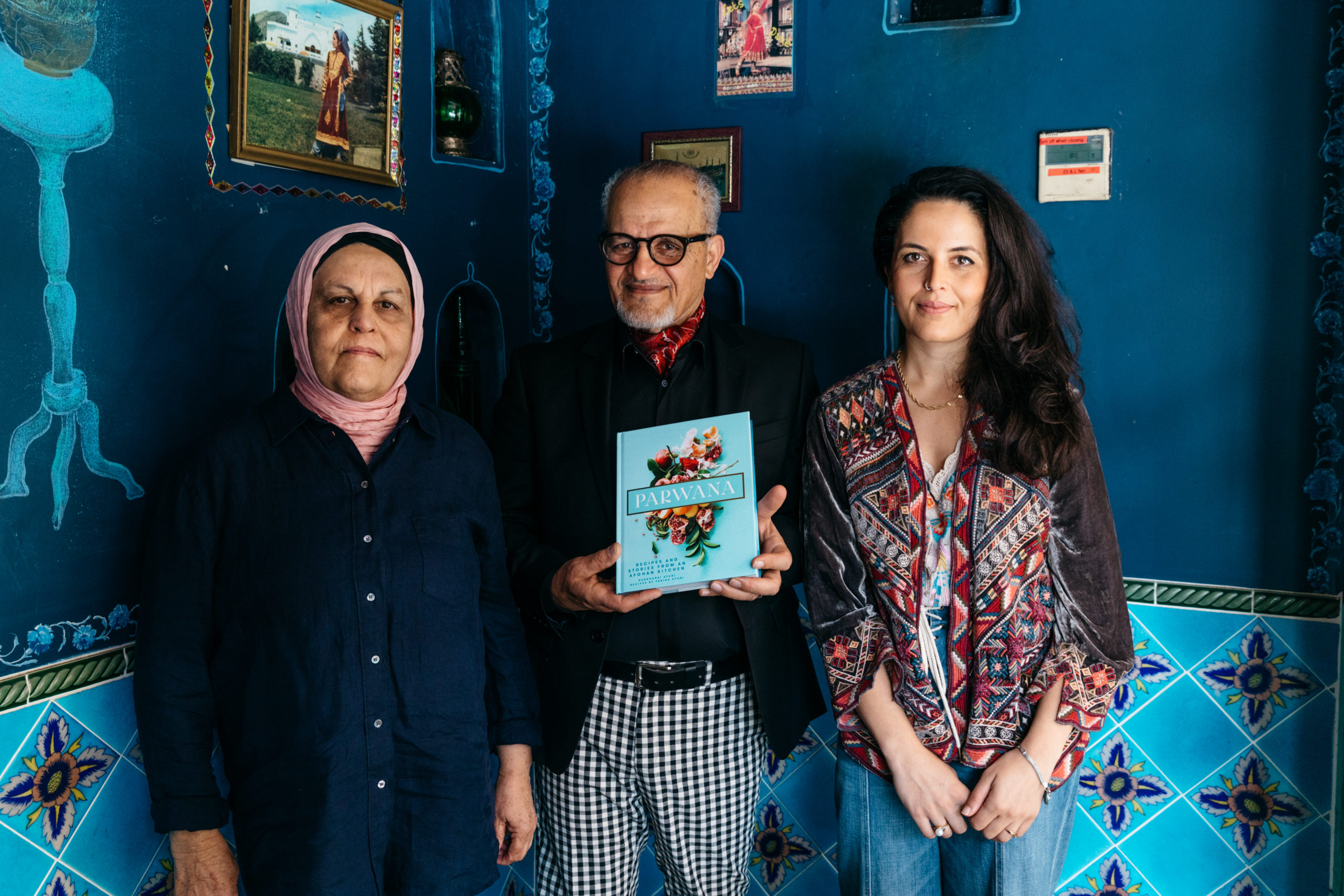
Image Courtesy of Parwana
As a restaurateur and foodie, how do you choose restaurants when traveling to a new destination?
Durkhanai: I like to look for places that don’t seem overly commercial, and which prefer simplicity and trueness to ingredients rather than offering long lists of overly complicated menu items. Generally, I’ll be instinctive, and also go with the feel – if a place feels warm, ambient, and relaxed, it’s usually somewhere that believes in what it is offering, and most times, this also makes for enjoyable dining experience.
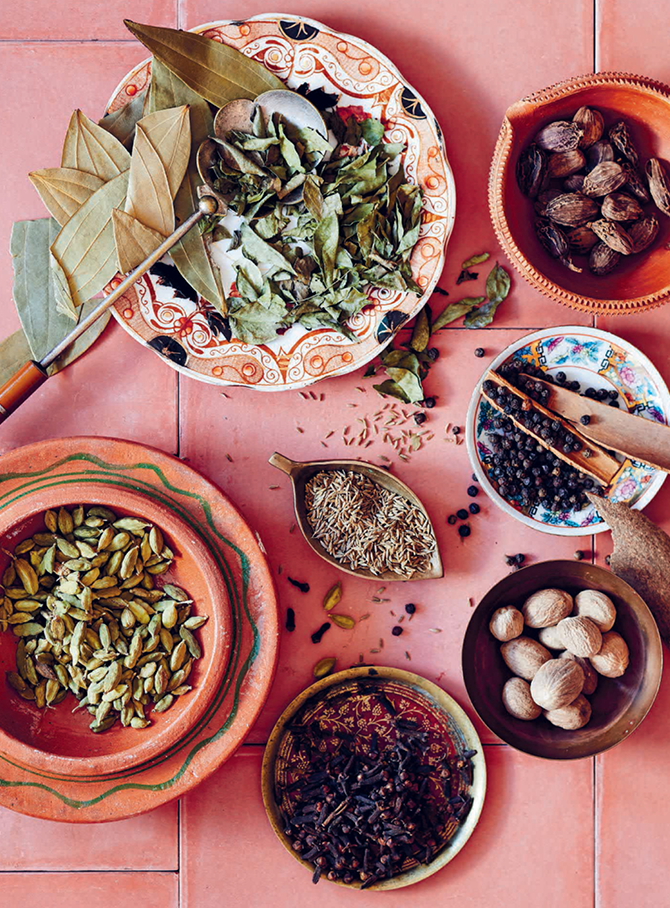
PHOTO COURTESY OF INTERLINK PUB GROUP.
Besides your amazing cookbook, what are some other ways you would encourage people to learn more about the culture of Afghanistan?
Durkhanai: I would suggest that today, a key issue of importance surrounding Afghanistan, is the need for the general public to question beyond the immediate narratives that justify the ongoing occupation and militarization of the region. I would hope that people can find ways to connect the suffering of those in Afghanistan with the broader recognition of the agenda of the erasure and control of those rendered peripheral by dominant forces in our world.
In my view, there is a broad gap between those of us in the developed world and the rest of the world, that needs reconciling. And for Afghanistan, I would offer that one of the primary shifts that can be made to bridge this abyss, is a simple shift towards understanding the suffering of those in Afghanistan, not as inevitable or peripheral, but as a direct consequence of a global order that has been built upon categorizing humans according to a perceived hierarchy of worth, resulting in the elevation of some while eradicating and silencing many. We have come to a crisis point in our world, where such a vision of power is, not only inequitable but threatening the stability of our entire planet.
In this way, there is no special or particularly inaccessible knowledge that needs to be developed, but more so, a broadened awareness of the forces which shape who we are. So much of this is about shifting our understanding of the human story to acknowledge the contributions of so many across the world over time, and breaking the hold of dominant narratives that privilege only a Eurocentric view of the world.
The Essentials
What is the one travel destination you would choose to travel to over and over again?
Durkhanai: Greece
Once we can travel to Afghanistan, what are some places that can’t be missed?
Durkhanai: The Buddhist stupas across the country, The ancient excavation sites, like the ruins of the Greco-Bactrian city at Ai Khanum, The Blue Mosque, The gardens of Babur
Name a favorite Recuerdo (souvenir) that you brought back from a destination you’ve traveled to and that holds a lot of meaning for you.
Durkhanai: Some hand-made tiles by Syrian children living in refugee camps in Jordan, and pottery from mountainside villages in Afghanistan.
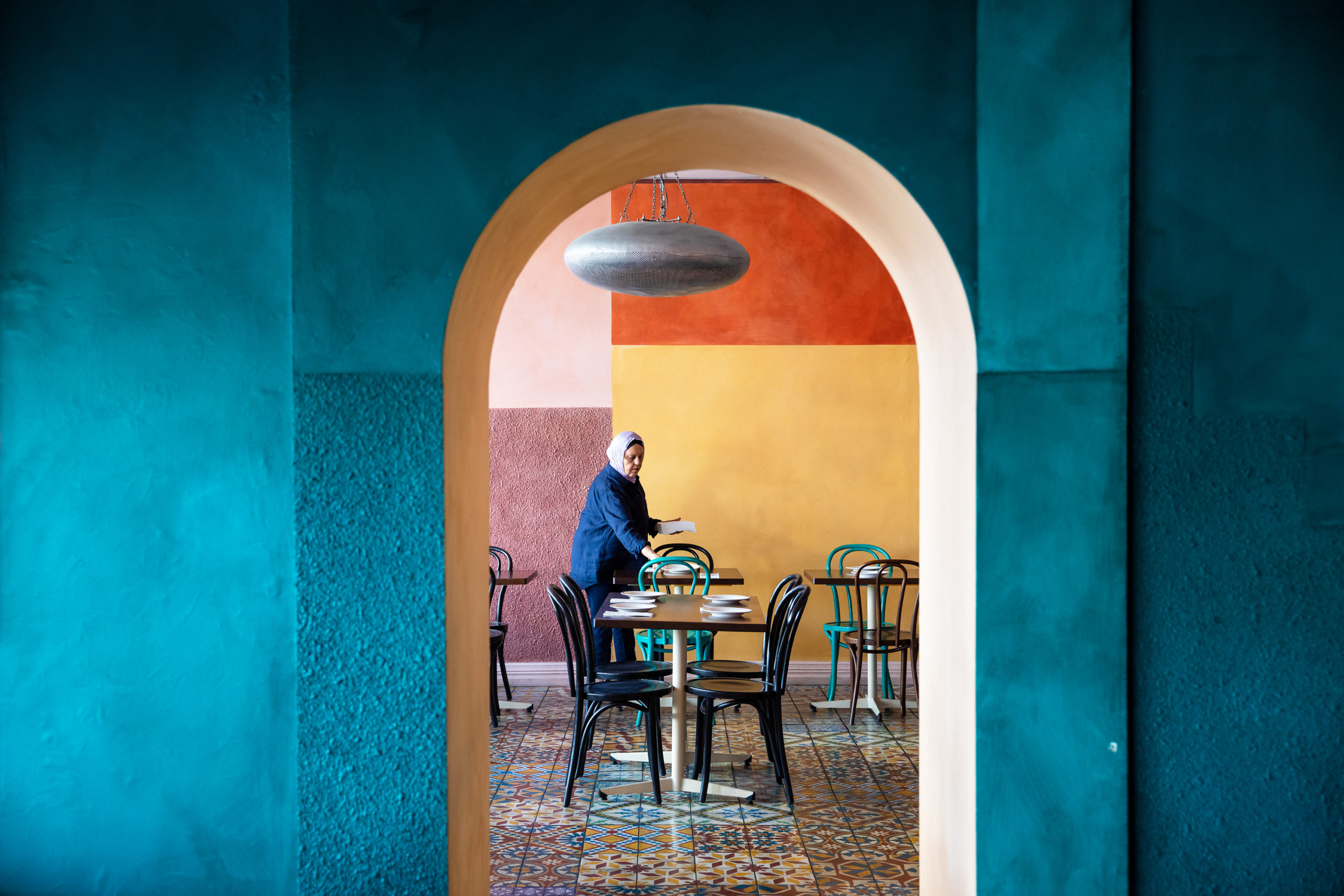
Image Courtesy of Parwana